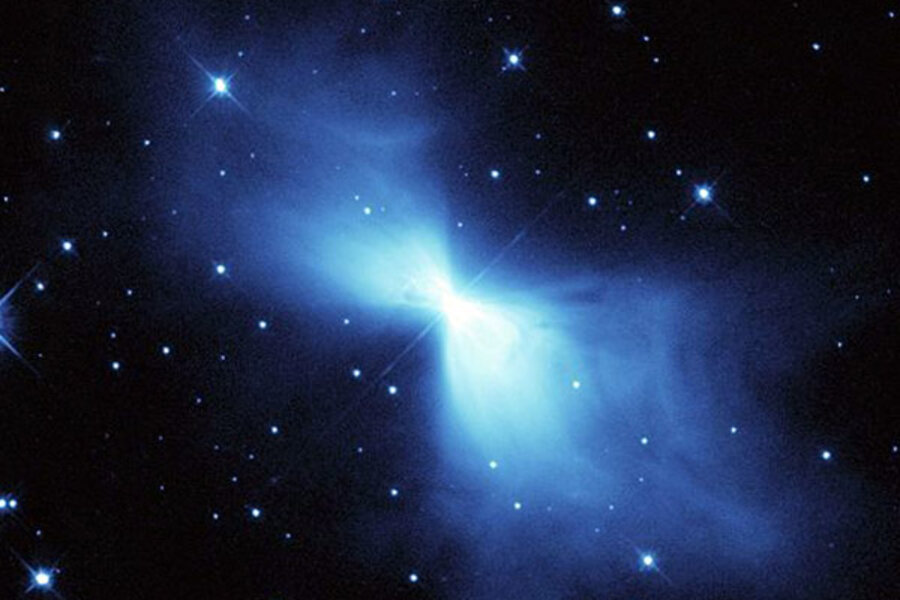Atomic refrigerator could make coldest things possible even colder
Loading...
The coolest things of the future might be created using what are essentially refrigerators that work on the atomic level, researchers say.
The level of control over matter that scientists are now developing to create ultra-cold objects could also be used to create entirely new states of matter and super-powerful quantum computers, researchers added.
Scientists routinely cool matter to a few billionths of a degree above absolute zero, the coldest temperature theoretically possible, which corresponds to minus 459.67 degrees Fahrenheit (minus-273.15 Celsius). Still, they would like to chill matter to even-colder temperatures to better understand other extreme phenomena, such as superconductivity, where electrons zip without resistance through objects.
Now physicists reveal a new way to create ultra-cold matter, with an idea similar to how fridges work. Refrigerators pump a fluid known as a refrigerant around the area they are cooling. This fluid sucks up heat. The refrigerant is then pumped someplace where it dumps this heat.
Chill atoms
First the researchers cooled atoms of rubidium with lasers. When set up properly, these beams can force atoms to glow in a way that makes them emit more energy than they absorb, thus making them colder.
When the atoms gave off light as a result of being hit with the laser, this exerted a slight pressure on them. The scientists took advantage of that pressure to control the atoms, either keeping them in place or moving them around, sometimes creating collisions. [Wacky Physics: The Coolest Little Particles]
The researchers then made the atoms even colder with evaporative cooling, in which matter gets cooled in much the same way as a cup of coffee loses its warmth — the hottest atoms are allowed to evaporate, leaving behind the colder ones.
Finally, the researchers used webs of lasers known as "optical lattices." When two atoms are made to collide within the optical lattice, the excitations of one suppress the excitations of the other, a phenomenon called "orbital excitation blockade." The excited atoms are then removed from the system -- taking away entropy, the amount of energy available for work -- thus causing the remaining atoms to chill down.
In experiments with rubidium atoms in optical lattices, the physicists successfully demonstrated they could remove entropy from atoms via orbital excitation blockade. In principle, they can reach temperatures 10-to-100-times colder than currently achieved, to temperatures of tenths-to-hundredths-of-a-billionth of a degree above absolute zero. However, they likely need lasers of longer wavelengths to do so in real life, said researcher Markus Greiner, a physicist at Harvard University.
Exotic matter
Their research could help "create exotic new states of matter, ones never seen before," Greiner told LiveScience. "Who knows what the properties of these materials might be?"
The ability to create perfect arrays of atoms could also be "a great starting point for a general-purpose quantum computer," Greiner said. Quantum computers exploit the bizarre nature of quantum physics — such as how subatomic particles can effectively spin in two opposite directions at the same time — to run calculations exponentially faster than normal computers for certain problems.
Research into quantum computers has mostly been on devices designed to each crunch one specific kind of problem, but optical lattices could lead to general-purpose quantum computers that, like modern personal computers, can tackle many different kinds of problems.
The scientists detailed their findings in the Dec. 22 issue of the journal Nature.





